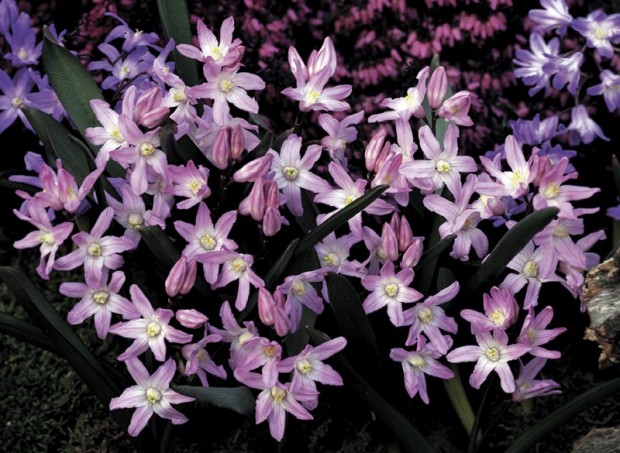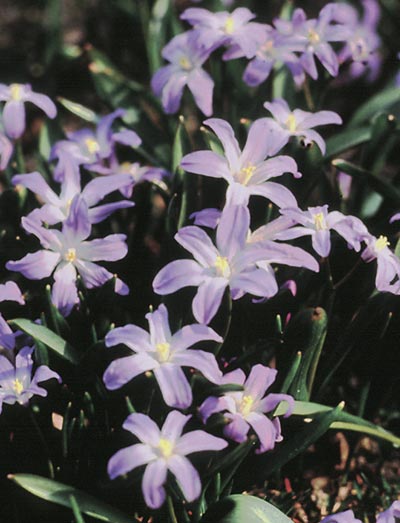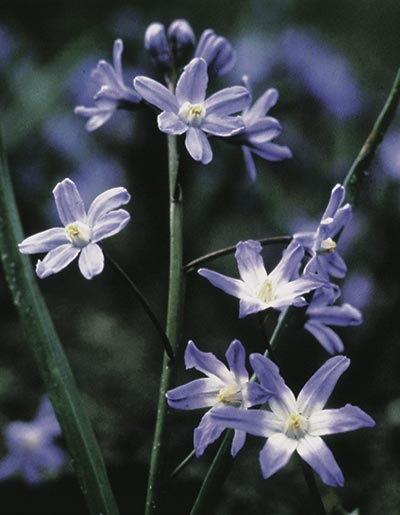USA Today:
It started with the desert lilies in December. Since then a wave of wildflower blooms has been crescendoing across Southern California’s Anza-Borrego desert in a burst of color so vivid it can be seen from mountain tops thousands of feet above.
Two years after steady rains followed by warm temperatures caused seeds dormant for decades under the desert floor to burst open and produce a spectacular display dubbed the “super bloom,” another winter soaking this year is expected to create possibly an even better show by Mother Nature.
Having two super blooms in two years is highly unusual. In California, super blooms happen about once in a decade in a given area, and they have been occurring less frequently with the drought.



